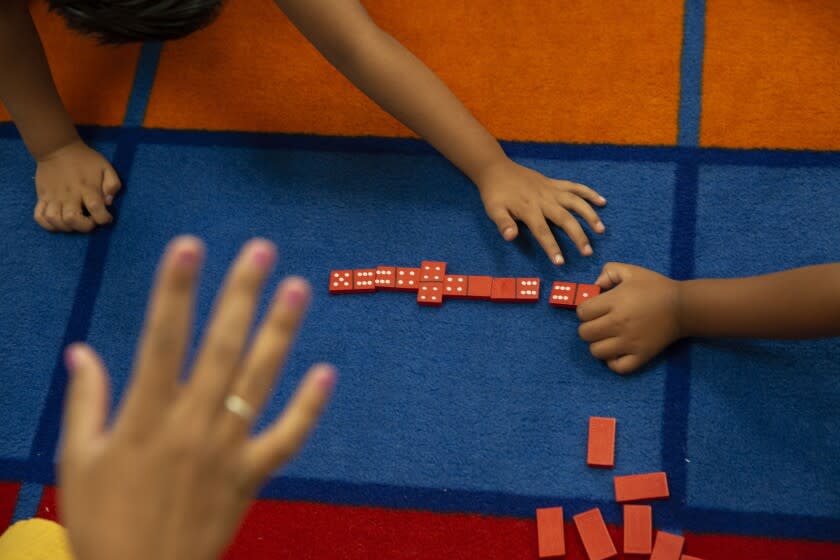Letters to the Editor: Busting myths about California's new math curriculum proposal

To the editor: While The Times' June 3 editorial "Adding up California's new-new-newest math" sheds welcome light on the urgent need to make math more accessible and relevant to students, it unfortunately misstates the role of state curriculum frameworks in improvement efforts.
The frameworks are not mandated and do not alter the role of local communities in making local decisions about what courses to offer and how to teach them. Thus, the framework would not "require" schools to shift to mixed-ability classrooms or "do away with" traditional math pathways.
Instead, frameworks offer guidance based on research on promising practices to help educators think through options for designing local programs. The framework presents the traditional high school math course sequence as an option for schools, while also reflecting the recommendations of leaders in the field about how new content, such as data science, can be integrated into the curriculum to prepare students for success in college and 21st century careers.
The framework will evolve before it reaches the State Board of Education. Once it is approved, local communities will want to take a close look at all the options as they decide what they think is best for their students.
Linda Darling-Hammond, Palo Alto
The writer is president of the California State Board of Education.
This story originally appeared in Los Angeles Times.

